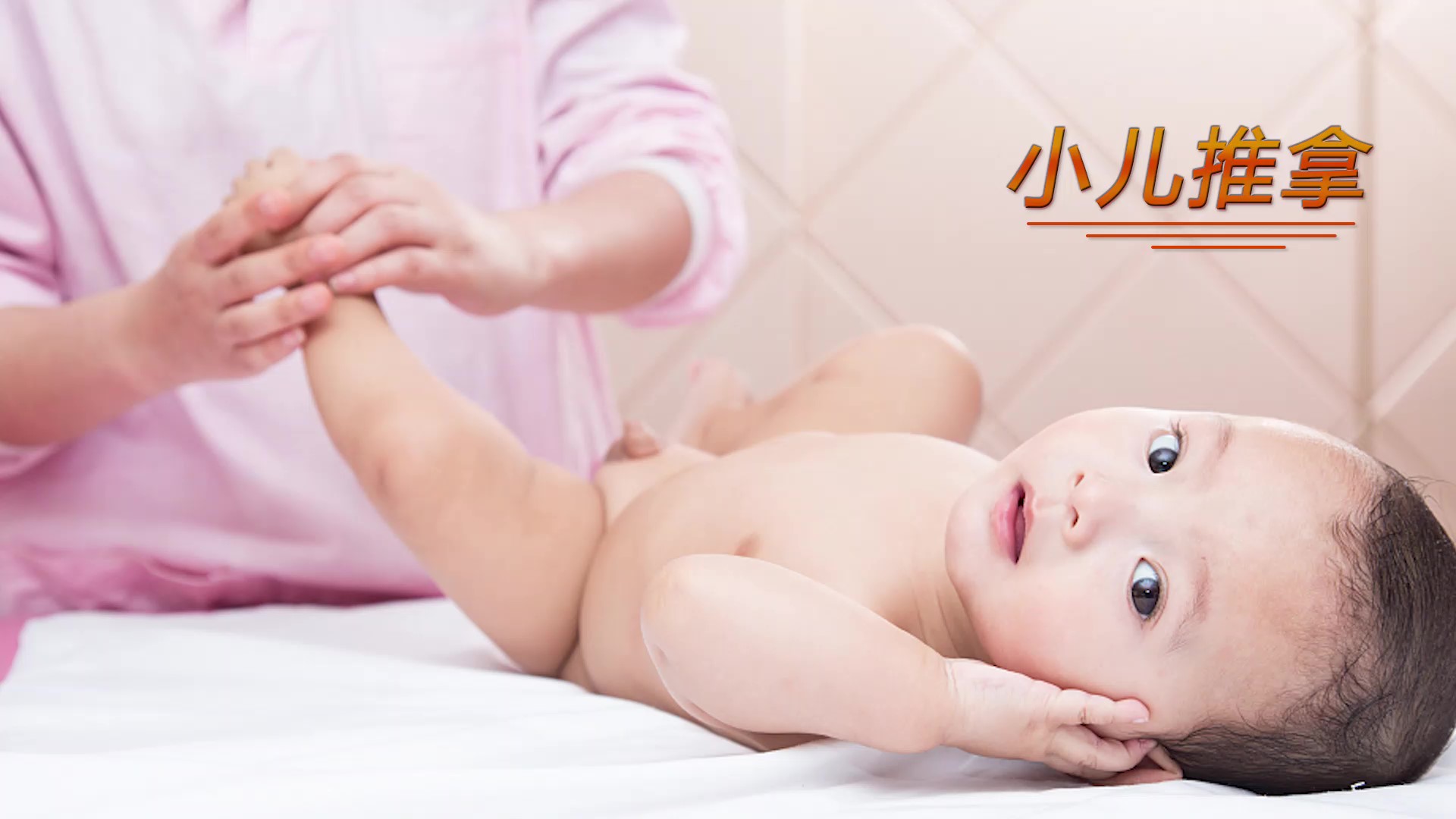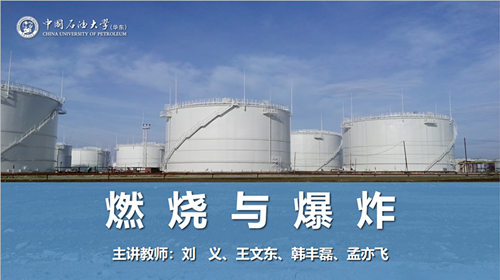
当前课程知识点:Chinese Ceramics > Unit 5 The Terracotta Warriors and Clay Sculptures of the Qin and Han > 5.1 Terracotta Warriors in Qin Dynasty > Terracotta Warriors in Qin Dynasty
返回《Chinese Ceramics》慕课在线视频课程列表
同学们好
欢迎来到中国陶瓷课
欢迎来到中国陶瓷课
今天我们要讨论的是秦朝兵马俑
俑一词源于古代的随葬习俗
即事死如事生
为了给逝者提供一个和现实生活一样的环境
让他们在来世活下去
他们创作了仆人
守卫和表演者的雕像作为陪葬品
这些墓俑和动物形状的玩具被统称为 俑
秦 公元前221-206年 和汉 公元前206-220年
是中国封建社会发展的早期阶段
中国所有民族
通过融合建立了一个多民族的国家
我们在秦朝第一次看到了中国统一
秦始皇是第一个皇帝
他统治的秦朝规模和实力是空前的
由于他那个时代的民族精神
他的军队也享有很高的荣誉和气势
这种精神体现在当时的艺术形式中
1974年兵马俑的伟大发现震惊世界
秦陵附近发现的兵马俑以其前所未有的
艺术表现力和规模宏大
是人类文明的瑰宝
形成了几千个穿着战甲的栩栩如生
真人大小的人和马雕塑
两侧有前锋战士 步兵 骑兵 战车 还有警卫队
在四人一组的排列中
看到了坚固的兵马俑 上面有装备精良的战车
身着铠甲的士兵和带有精良武器的带帽战士
显然 这是秦军的复杂兵种
由步兵和车辆部队组成
秦兵马俑使我们直观地看到了秦军的威力
和强大的统治者
这些陶俑雕塑采用成型和造型相结合的技术
先分批创作 然后组装
不同的部分连接形成粗糙的身体
和细粘土应用到陶俑表面
通过造型 捏 打 打 贴 雕刻 画
几千名不同年龄 不同等级的士兵
都变得个性分明
人们几乎可以从他们的
外表中分辨出他们的家乡
所有的战士都穿着镀层盔甲 系着皮带头发
系在一个结上
准备征服战场
一些士兵手里拿着弓和十字弓
背上装满了箭袋
其他人则持长矛与弯刀
还有一些人是中年人
有锯齿状的胡须
或者 是精力充沛的年轻人
仔细观察
甚至可以在战士中发现长胡子的长辈 脸色变薄
或战无不胜的无畏战士
指挥官的表情是最成功的
高头盔 复杂的盔甲和长宽剑
仿佛在深深地沉思
我们不要忘记1.5米高 2米长的陶土马
这些马是秦代的典型马 耳廓粗大 眼睛大
他们的身体状态非常灵活 体格坚挺
战马和士兵一起为战斗阵营
带来了强大的力量和威望
秦兵马俑确实是中国古代雕塑史上的杰作
秦工匠以其极高的艺术创造力
和出色的塑造能力
为后代留下了极为惊人的艺术品
今天的课就到这里
谢谢大家 下节课再见
-1.1 Introduction
-1.2 Ceramics in Neolithic, East Han and Wei-Jin Dynasties
--Ceramics in Neolithic, East Han and Wei-Jin Dynasties
-1.3 Sui and Tang dynasties and Song Dynasty ceramics
--Sui and Tang dynasties and Song Dynasty ceramics
-1.4 Ming and Qing Dynasties
-Unit 1 test
--Unit 1 test
-Discussion questions
-2.1 The Unique Chinese Ceramic Culture
--The Unique Chinese Ceramic Culture
-2.2 The Historical Development of Chinese Ceramic Making
--The Historical Development of Chinese Ceramic Making
-2.3 Chinese Ceramic Shape Art
-2.4 Chinese Ceramic Painting Art
--Chinese Ceramic Painting Art
-2.5 Chinese Ceramic Folk Stories
--Chinese Ceramic Folk Stories
-Unit 2 test
--Unit 2 test
-Discussion questions
-3.1 CeramicCulture and the Zodiac
--CeramicCulture and the Zodiac
-3.2 The heritage of traditional ceramic culture
--The heritage of traditional ceramic culture
-3.3 The development and innovation of ceramic art
--The development and innovation of ceramic art
-Unit 3 test
--Unit 3 test
-Discussion questions
-4.1 Gorgeous Colored Pottery
-4.2 The Method of Making Colored Pottery
--The Method of Making Colored Pottery
-4.3 Primitive Colored Pottery Ⅰ
-4.3 Primitive Colored Pottery Ⅱ
-4.3 Primitive Colored Pottery Ⅲ
-4.4 Black Earthenware
-4.5 White Pottery and Primitive Porcelain
--White Pottery and Primitive Porcelain
-Unit 4 test
--Unit 4 test
-Discussion questions
-5.1 Terracotta Warriors in Qin Dynasty
--Terracotta Warriors in Qin Dynasty
-5.2 Potteries in Han Dynasty
-Unit 5 test
--Unit 5 test
-Discussion questions
-6.1 Dragon kiln and Celadon
-6.2 Yue Kiln and Wuzhou kiln
-6.3 Deqing Kiln and Ou kiln
-6.4 Longquan Wares
-6.5 Yaozhou Wares
-Unit 6 test
--Unit 6 test
-Discussion questions
-7.1 Tang Tri-Colored Pottery
--7.1 Tang Tri-Colored Pottery
--7.1 Tang Tri-Colored Pottery
-7.1Tang Tri-Colored Pottery
--7.1 Tang Tri-Colored Pottery
--7.1 Tang Tri-Colored Pottery
-Discussion questions
-Unit 7 test
--Unit 7 test
-8.1 The flourishing age of the Song Dynasty
--8.1 The flourishing age of the Song Dynasty
-8.2 The flourishing age of the Song Dynasty
--8.2 The flourishing age of the Song Dynasty
-8.3 Ding Wares
-8.4 Ru Wares
-8.5 Guan Wares
-8.6 Ge Wares
-8.7 Jun Wares
-Discussion questions
-Unit 8 test
--Unit 8 test
-9.1 Reasons for the maturity of Qinghua porcelain in Yuan Dynasty
--9.1 Reasons for the maturity of Qinghua porcelain in Yuan Dynasty
-9.2 The Invention of Blue-and-white Porcelain in the Tang Dynasty
--9.2 The Invention of Blue-and-white Porcelain in the Tang Dynasty
-9.3 Fine China Ware became the Symbol of ChinaⅠ
--9.3 Fine China Ware became the Symbol of ChinaⅠ
-9.3 Fine China Ware became the Symbol of ChinaⅡ
--9.3 Fine China Ware became the Symbol of ChinaⅡ
-9.3 Fine China Ware became the Symbol of ChinaⅢ
--9.3 Fine China Ware became the Symbol of ChinaⅢ
-9.4 The charm of QinghuaⅠ
-9.4 The charm of QinghuaⅡ
-9.4 The charm of QinghuaⅢ
-Discussion questions
-10.1 Da Ming Wucai
-10.2 Wooden engravings influence on Wucai porcelain
--10.2 Wooden engravings influence on Wucai porcelain
-10.3 Kangxi Wucai
-10.4 Liling Under-glaze multicolored porcelainⅠ
--10.4 Liling Under-glaze multicolored porcelainⅠ
-10.4 Liling Under-glaze multicolored porcelainⅡ
--10.4 Liling Under-glaze multicolored porcelainⅡ
-Discussion questions
-11.1 The advent of Fencai
-11.2 Fencai Porcelain in the Yong zheng period
--Fencai Porcelain in the Yong zheng period
-11.3 Fencai Porcelain in the Qianlong Period
--Fencai Porcelain in the Qianlong Period
-Discussion questions
-13.1 Zisha-pottery
-13.2 The Zisha Teapot
-13.3 The Zisha tea set in the Ming Dynasty
-Discussion questions
-14.1 Development of Contemporary Chinese ceramic art
--14.1 Development of Contemporary Chinese ceramic art
-14.2 The internationalization trend of Chinese modern ceramics
--14.2 The internationalization trend of Chinese modern ceramics
-14.3 A new style of contemporary ceramic art Ⅰ
--14.3 A new style of contemporary ceramic artⅠ
-14.3 A new style of contemporary ceramic art Ⅱ
--14.3 A new style of contemporary ceramic art Ⅱ
-14.4 The Trade of the Artisans Ⅰ
--14.4 The Trade of the Artisans Ⅰ
-14.4 The Trade of the Artisans Ⅱ
--14.4 The Trade of the ArtisansⅡ
-Discussion questions
-15.1 Unique Cloisonné technique
--15.1 Unique Cloisonné technique
-15.2 The Craftsmanship and Development of Cloisonné
--15.2 The Craftsmanship and Development of Cloisonné
-15.3 The Problems Facing the Inheritance of Cloisonné
--15.3 The Problems Facing the Inheritance of Cloisonné
-15.4 The inheritance and development of Cloisonné
--15.4 The inheritance and development of Cloisonné
-Unit 15 Test
--Unit 15 Test
-Discussion questions
-16.1 Appreciation of Chinese ceramics
--16.1 Appreciation of Chinese ceramics
-16.2 Explore the origins of ancient ceramics Ⅰ
--16.2 Explore the origins of ancient ceramics Ⅰ
-16.2 Explore the origins of ancient ceramics Ⅱ
--16.2 Explore the origins of ancient ceramics Ⅱ
-Unit 16 Test
--Unit 16 Test
-17.1 Traditional Chinese Decorative Patterns
--17.1 Traditional Chinese Decorative Patterns
-17.2 Application of Traditional Chinese decorative patterns in ceramics
--17.2 Application of Traditional Chinese decorative patterns in ceramics
-Unit 17 Test
--Unit 17 Test
-Discussion questions

